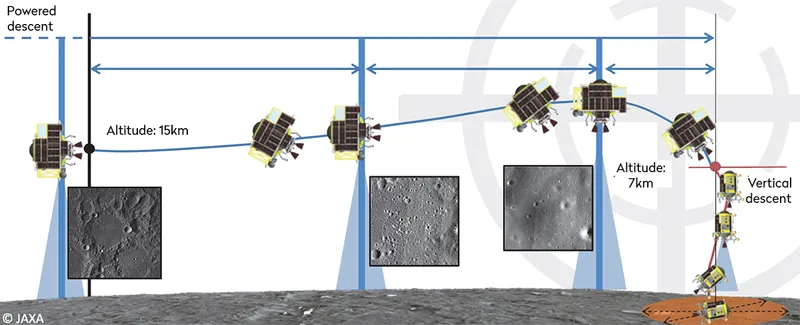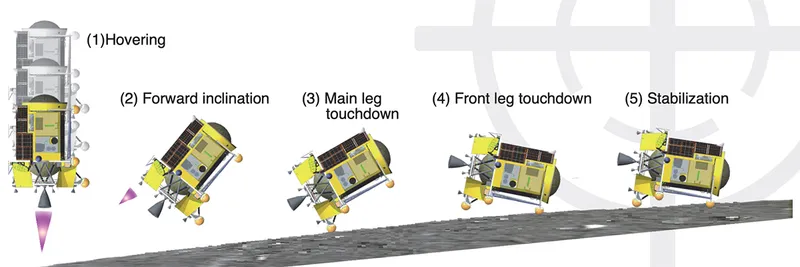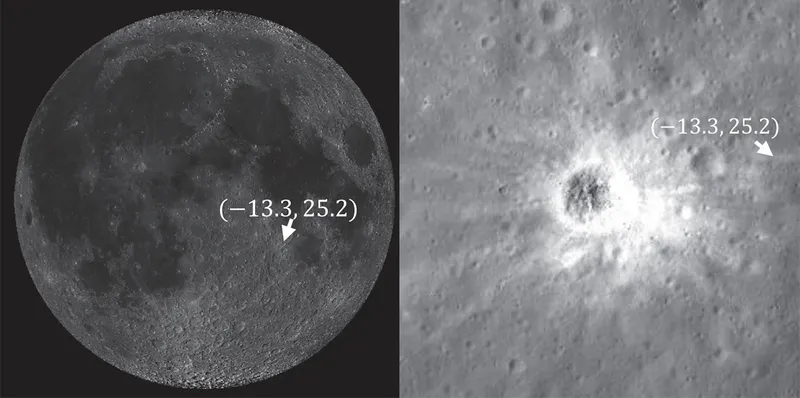Japan is set to become the fifth country to soft-land a spacecraft on the Moon today, if all goes to plan with the JAXA Smart Lander for Investigating Moon (SLIM) mission.
The Japan Aerospace Exploration Agency (JAXA) is hoping to make a 'pinpoint' landing on the Moon to show that lightweight spacecraft can make accurate landings on the lunar surface.
SLIM's landing on the Moon can be followed live via the JAXA YouTube stream above.
You can watch the SLIM spacecraft land on the Moon via JAXA's livestream above.
The action begins at 02:00 UTC (11:00 JST) on 19 January, with landing expected at 15:20 UTC (00:20 JST).
Where will JAXA SLIM land on the Moon?
SLIM's landing target is Shioli Crater near the Sea of Nectar on the lunar surface.
Because of its proximity to the crater, the region in which SLIM will land has a slope of about 15° or less.
"As science and exploration objectives become more sophisticated, landing on such sloping area will be increasingly required in the future," a statement from JAXA says.
It's hoped that SLIM's successful landing would demonstrate that spacecraft can accurately land on less forgiving lunar terrain.
How will SLIM land?

The SLIM lander launched on 6 September 2023 along with the JAXA XRISM space telescope and has been in low-Earth orbit since then.
On 19 January, SLIM will descend to the surface of the Moon, using its navigation instruments to determine.
Measurements of altitude, location and velocity will enable its guidance system to control its journey to the lunar surface.
SLIM is also equipped with autonomous image-based obstacle detection to help it avoid hazardous terrain.
The JAXA SLIM spacecraft then conducts a 'two-step landing method' that will see its main landing gear touch the ground first.
The spacecraft rotates forward to stabilise, before its front leg touches down and SLIM achieves a stable, soft landing on the surface of the Moon.

Pinpoint landing
The key focus behind the SLIM mission is to show that a 'pinpoint' soft landing on the Moon is possible with lightweight spacecraft, says JAXA.
This, the Japanese space agency says, avoids the need for future rovers, for example, to land on flat terrain on the Moon, then traverse steep slopes and rough surface features to get to a chosen target.
By landing on the Moon with 'pinpoint' accuracy, future missions would not be restricted in where they can touch down, giving scientists more options for 'in-situ' exploration of lunar features.
As JAXA puts it, SLIM could the beginning of spacecraft landing where we want, rather than where we can.
SLIM is aiming for precision landing within 100m accuracy, and the icing on the cake will be the lander carrying out science on the lunar surface between landing and sunset, when its solar panels will no longer receive energy to power the probe.

JAXA SLIM science on the surface
If SLIM successfully lands on the Moon, it will be able to analyse nearby lunar rocks using a 'multi band spectral camera'.
It should be able to capture still images of the landing area and conduct direct communication with the ground team on Earth.
The JAXA SLIM lander is also carrying two rovers, Lunar Excursion Vehicle 1 (LEV-1) and Lunar Excursion Vehicle 2 (LEV-2).
These rovers contain a thermometer, radiation monitor and an instrument that can measure the elevation of the immediate lunar surface.
For more info, visit the JAXA SLIM webpage.
